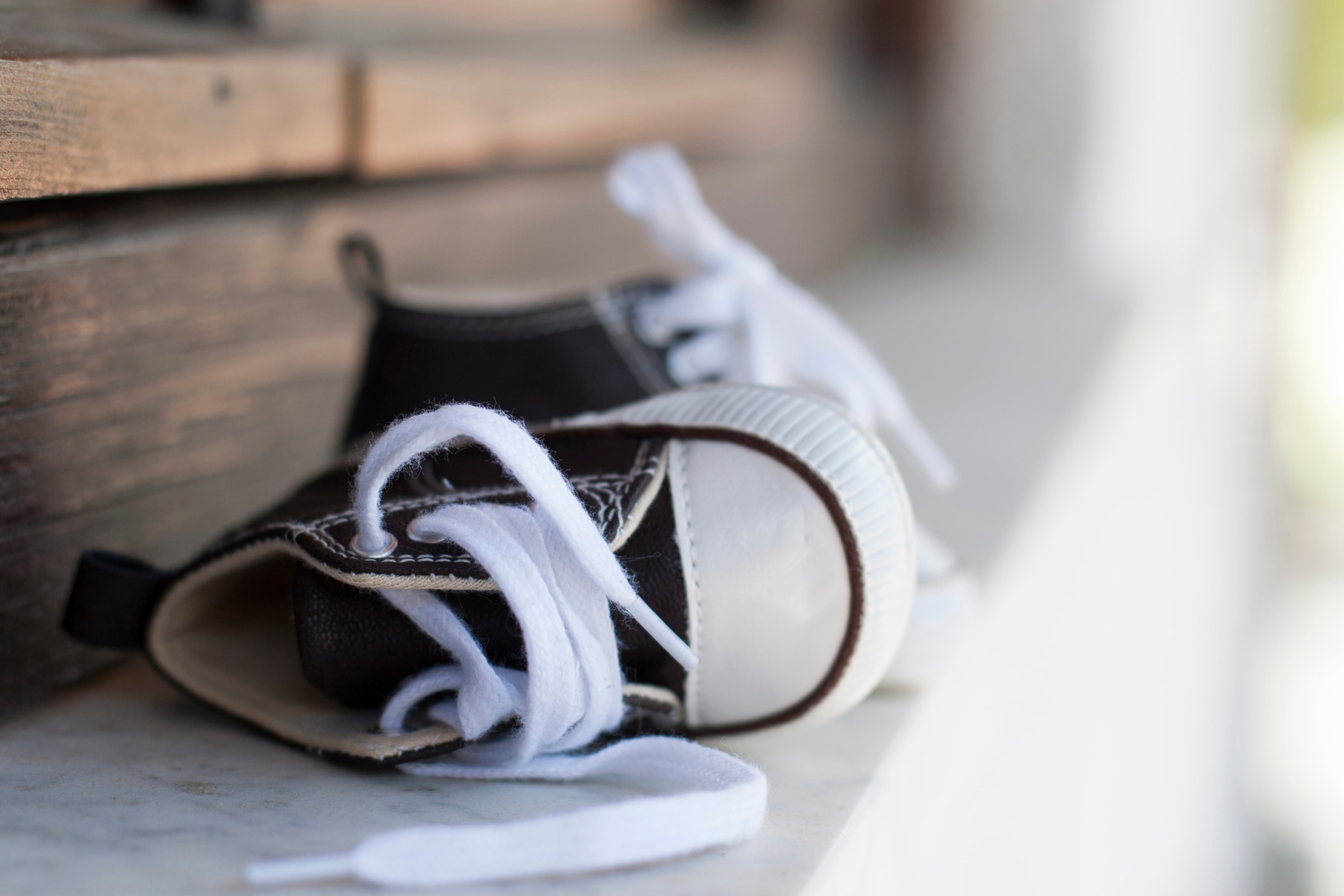Kids will be kids, and that doesn’t change just because they’re at daycare. Child care providers have to deal with their fair share of tantrums, hitting, disruptive behaviors, arguments between kids and general mischief. But a safe and high-quality child care will always have a daycare discipline policy in place to deal with all sort of kids’ behavioral issues in a constructive way.
A clear, thoughtful discipline policy not only helps manage challenging behaviors but also promotes positive development and a supportive environment for every child. Find out some questions to ask and what to look for in a positive daycare discipline policy.
Questions to ask about a daycare’s discipline policy
During your daycare interview and tour is a good time to ask providers about their general approach to discipline. You might ask specific questions, like:
What is your general approach to discipline in your daycare?
Do you use timeouts? If so, where do children go and how long do they stay there?
How do you handle it when a child is being disruptive?
How will you communicate with me if my child is having problems?
How are ongoing behavioral issues dealt with?
What to look for in a daycare discipline policy
As the providers explain the basics of their disciplinary approach, here’s what to look for in their daycare discipline policy.
1. Positivity
“Maintaining discipline with a group of small children is primarily managed through cheerful adult leadership in setting a tone of mutual respect,” says Dr. Elizabeth Berger, a child psychiatrist and author of “Raising Kids With Character.” Spanking or hitting, harsh language, shame and degradation should never, ever be a part of a daycare’s approach to disciplining children.
Catherine Pearlman, licensed clinical social worker and author of “Ignore It!: How Selectively Looking the Other Way Can Decrease Behavioral Problems and Increase Parenting Satisfaction,” says caregivers should focus on noticing and praising good behavior. According to Pearlman, children “generally respond very well to positive reinforcement techniques.”
“This can include rewards or positive behavior charts, praise, high-fives or having a daily star student,” she says. “Ideally, all the students should be receiving rewards, praise and become the star. The more positive attention a student can get, the higher the chance that the student will want to continue that behavior.”
2. Clear expectations
Kids thrive when they have a stable routine and clear boundaries. For this reason, it’s really important that your provider is able to articulate the exact rules and policies they have in place so that both you and your child know what to expect.
“Clear behavioral expectations that are communicated to the children are very important,” Pearlman says. “If children don’t know the expectation, they don’t know how to behave.”
3. Gentle consequences
With small children, discipline is ultimately about establishing safety, says Berger. Babies and young toddlers don’t need to be “punished,” she explains, but they sometimes need to be redirected or have support in safely dealing with their normal emotions and impulses.
“This means that the grown-ups step in if there is any chance of a child being hit, scratched or otherwise injured,” she says. “The adult prevents injury and states firmly, ‘No no. We don’t hit.’ Naturally, small children of 2 or 3 often fall on the floor with tantrums and grab each other’s toys, but this is not a ‘discipline’ issue. This is a question of helping small children through their ordinary difficulties and facilitating their maturity.”
For older kids, it may be helpful for providers to use “time away,” during which a child is removed from a conflict situation for a short time to cool down. But Pearlman cautions that children should never be pulled away for long timeouts or reprimanded harshly.
“Behavior problems can intensify if children are spending too much time out of the class,” she says. “Also, extended removal should make parents wonder if the daycare is out of tools to handle a particular child or situation.”
4. Open communication
It’s vitally important that daycare providers communicate with parents in regards to discipline. They should have an open door policy that welcomes you to come to them with any issue. Similarly, if there is an ongoing behavioral issue, they should bring it directly to you, not only so you can help work on the issue, but also so you can determine whether additional outside help is needed.
“If a child is really acting out, very physical and not responding to positive reinforcement, I might recommend the parent check with the pediatrician and the head teacher if a psycho-educational evaluation might be a good idea,” says Pearlman. “These evaluations can check for any kind of delay and educational issue that may be impacting the behavior. For example, a child who cannot hear or see properly may act out. A child who doesn’t understand language or has communication issues may become very frustrated and that may appear as inappropriate behavior. These children need support and resources to help them in the classroom and at home.”
5. Teamwork
No matter what kind of problems arise at daycare, the staff should be willing to work with you to solve the problem, rather than treating it as something you must solve on your own.
“Daycares and parents should be partners in working on behavioral issues,” says Pearlman. “If it is happening in the classroom, it is very likely also happening at home. A united approach can help the child find consistency and realize that the behavior is not acceptable anywhere.”





